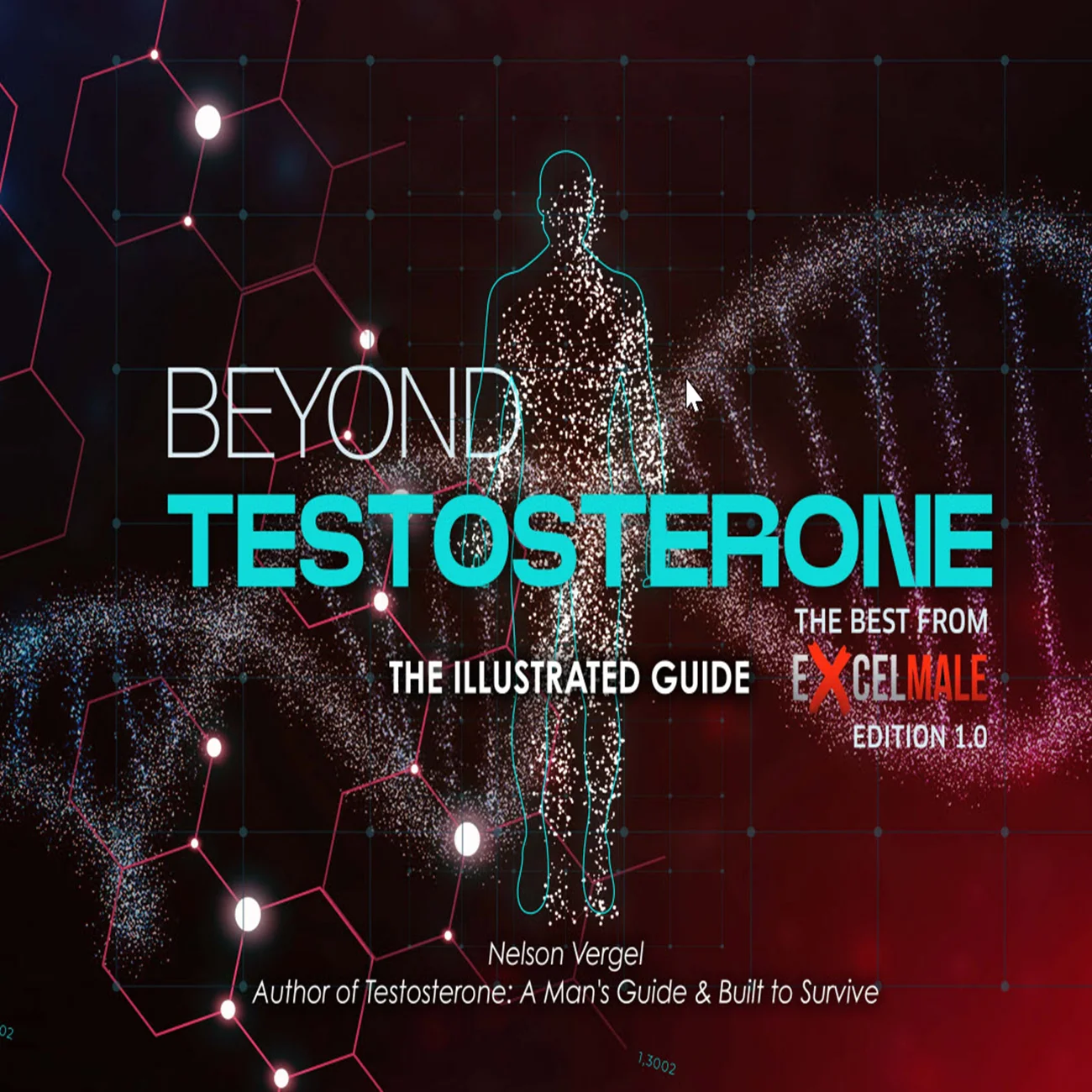Wearable sex toys and devices are commonly used by women and men worldwide. In a 2008 representative study of more than 3,000 American women and men ages 18 to 60 found that about 53% of women and nearly half of the men reported lifetime solo or partnered vibrator or other sex toy use. In addition, 32.3% of women reported lifetime dildo use. Such products have become increasingly mainstream worldwide, in addition to being sold in adult bookstores and sex shops, also commonly sold in drug stores, large retail stores, through the Internet, and at in-home sex toy parties. In the ISSM webinar, we will examine the impact of wearable sex toys and devices on sexual enhancement, satisfaction, and performance of solo and/or couples experiences from a global perspective.
Program
- Opening and a short introduction by Omer Raheem, ISSM Webinar Chair
- Welcome by the moderators – Estela Citrin (Uruguay) and Tanginika Cuascud (USA)
- How common, who is using them, and what sexual implications? - Amy Pearlman (USA)
- Continental variation in the use of sex toys? Causes and future perspectives - Elna Rudolph (South Africa)
- Q&A Session of 30-45 min, led by the moderators - Closing by Omer Raheem
Sex Toys, Wearable Devices, and Appliances for Sexual Pleasure: A Global Perspective
Sexual pleasure is a fundamental aspect of human health and well-being, yet the tools and devices that support it-sex toys, wearables, and appliances-remain a complex and evolving topic worldwide. A recent international webinar brought together leading experts to discuss the current landscape, challenges, and future of sexual wellness products from both medical and societal viewpoints.
Setting the Stage: The Growing Importance of Sexual Wellness
Dr. Omar Rahim, a urologist at the University of Chicago, opened the session by highlighting the mission of the International Society for Sexual Medicine (ISSM): to provide trustworthy, high-quality education to both providers and patients globally. With over 600 registrants, the interest in sexual wellness is clear and growing.
The ISSM, active for over 40 years, collaborates with seven affiliated societies worldwide and publishes four flagship journals, ensuring the dissemination of the latest research and best practices in sexual health.
The Sexual Wellness Market: Size, Scope, and Drivers
Dr. Amy Perman, a board-certified urologist and men’s health specialist, emphasized the rapid expansion of the sexual wellness market. In 2021, the global market was valued at $80 billion, projected to reach $112 billion by 2030. The sex toy segment alone was estimated at $35 billion in 2023 and is expected to nearly double by 2030.
Key drivers include:
Increased demand for enhanced sexual experiences
Greater social acceptance and liberalization
Influence of social media and pop culture
Medical benefits for conditions such as menopause, neurological issues, erectile dysfunction, and more
Access is increasingly digital, with e-commerce making products available to more people in the privacy of their homes.
Diversity in Products and Users
Sexual wellness devices now address a wide range of needs:
For women: Vibrators, clitoral suction devices, and finger vibes help with conditions like anorgasmia and reduced sensation.
For men: Products target erectile dysfunction, sensation loss, and pleasure enhancement, including wearable constriction bands and vibrating sleeves.
For couples: Remote-controlled devices and positional aids support intimacy, especially for those with mobility challenges.
For all: Anal and pelvic devices, dilators, and non-phallic aids promote pleasure and sexual health across genders and orientations.
Importantly, these products are not limited to any one gender or sexual orientation; creativity and open-mindedness can help everyone find suitable options.
Barriers to Access: Legal, Social, and Economic Challenges
Dr. Elna Rudolph, president of the World Association of Sexual Health, addressed the global inequalities in access to sexual wellness products:
Legal restrictions: In some countries, sex toys are illegal, and possession or sale can result in imprisonment.
Societal norms: Cultural and religious beliefs often stigmatize sexual pleasure, particularly for women, reinforcing the "pleasure gap."
Financial barriers: In many regions, the cost of even basic products is prohibitive, making sexual wellness inaccessible for those living in poverty.
Censorship: Social media platforms and advertising restrictions further limit access to information and products.
Dr. Rudolph underscored that sexual pleasure is a human right, integral to overall health and gender equality. Removing barriers to access is both an act of justice and a public health imperative.
The Role of Healthcare Providers
Both presenters agreed that healthcare professionals play a crucial role in normalizing conversations about sexual wellness. Providers can:
Give patients permission to discuss and use sexual aids
Offer information about safe, accessible products
Make specific recommendations tailored to individual needs
Refer to specialists when advanced support is needed
Ethical considerations are paramount; providers must avoid conflicts of interest and ensure that recommendations are evidence-based and context-sensitive.
Future Directions: Technology and Advocacy
The future of sexual wellness includes wearable devices that track sexual health metrics, smart sex toys, virtual reality, and even AI-powered tools. These innovations promise greater personalization and insight but also raise new questions about privacy, safety, and equitable access.
Advocacy efforts are underway to reform restrictive laws, improve education, and ensure that pleasure is recognized as a legitimate and essential part of sexual health.
Key Takeaways
The sexual wellness industry is rapidly expanding, driven by demand and innovation.
Products serve diverse medical and pleasure needs for all genders and orientations.
Significant barriers-legal, social, and financial-persist, especially outside North America and Europe.
Healthcare providers are essential in bridging knowledge gaps and supporting patient access.
Ongoing advocacy and research are needed to ensure sexual pleasure is accessible, safe, and recognized as a human right.
Last edited by a moderator:













